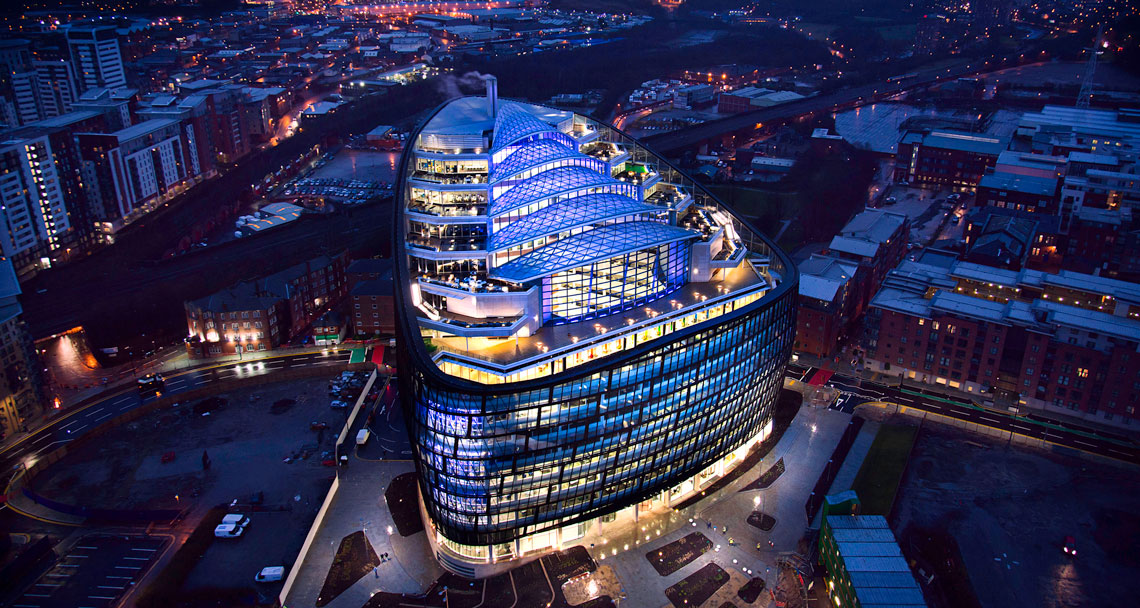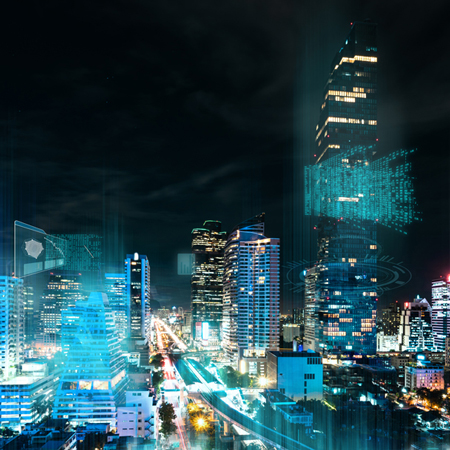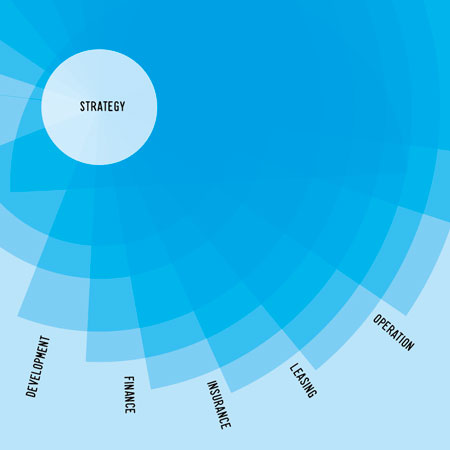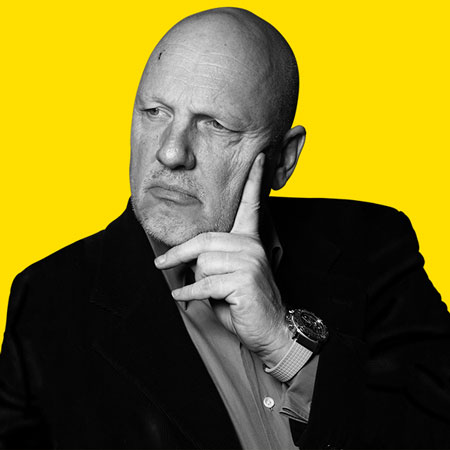The magnitude of the climate emergency can be overwhelming, but organisations around the world are demonstrating environmental leadership on a building-by-building basis.
The climate and weather risks may differ in each region, but initiatives focus on technology, new materials and new construction methods to reduce energy consumption and move to net zero. Many projects have been supported by regional certification such as BREEAM, LEED and NABERS. These have guided best practice and increasingly enable ideas to be transferable around the world.
One Angel Square, Manchester, UK
As the 500,000 sq ft (46,452 sq m) headquarters of The Cooperative Bank, One Angel Square (above) has future-proofed itself for temperature rises.
It features a double-skin façade, which helps reduce heat during summer and insulates the building during winter. Overall, the building’s design and sustainable features help it achieve an 80% reduction in carbon emissions and a 40-60% reduction in energy consumption.
The building is fitted with heat recovery from the IT systems, low-energy lighting, and greywater and rainwater recycling. It has 300,000 sq ft [27,971 sq m] of exposed concrete, which acts as a thermal sponge, reducing the heat in the building and the amount of energy needed to cool it. It was the first building in the UK to achieve a BREEAM outstanding rating.
Jonathan Jessop, Director, Property Management, Savills UK
Huidekoper, Amsterdam, the Netherlands
The Huidekoper building is being developed to meet the all-electric sustainability plans of the municipality of Amsterdam by 2050.
The 60,278 sq ft [5,600 sq m] development by Bridges Real Estate, which was bought in 2019 by the BlackRock Eurozone Core Property Fund, stripped the building back to its concrete frame while adding two floors, a new roof and new façade.
Huidekoper has a heat pump installation, a roof full of photovoltaic cell panels and high insulation values, making it all-electric with low energy consumption.
Jordy Kleemans, Head of Research & Consultancy, Savills Netherlands
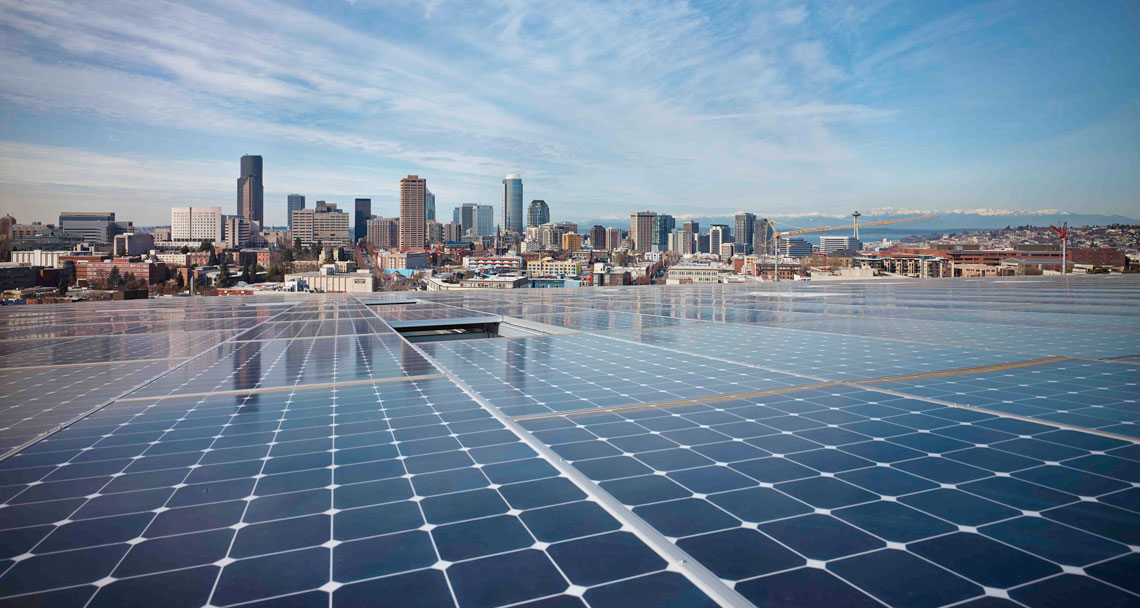
The Bullitt Center, Seattle, USA
The 49,998 sq ft [4,645 sq m] Bullitt Center (above) is arguably the world’s greenest building. It is net zero energy, carbon and water, as well as having other sustainable features including toxic-free materials and composting toilets.
The office building is estimated to have cost around 23% more than a typical class-A office building in Seattle. The owner attributes this to soft costs such as time spent for regulatory permission to incorporate features for the first time, as opposed to hard construction costs which were comparable with other buildings.
The Center is fully let and designed to last 250 years, providing a favourable fixed income for many decades.
Eric Blohm, Senior Managing Director, Savills USA
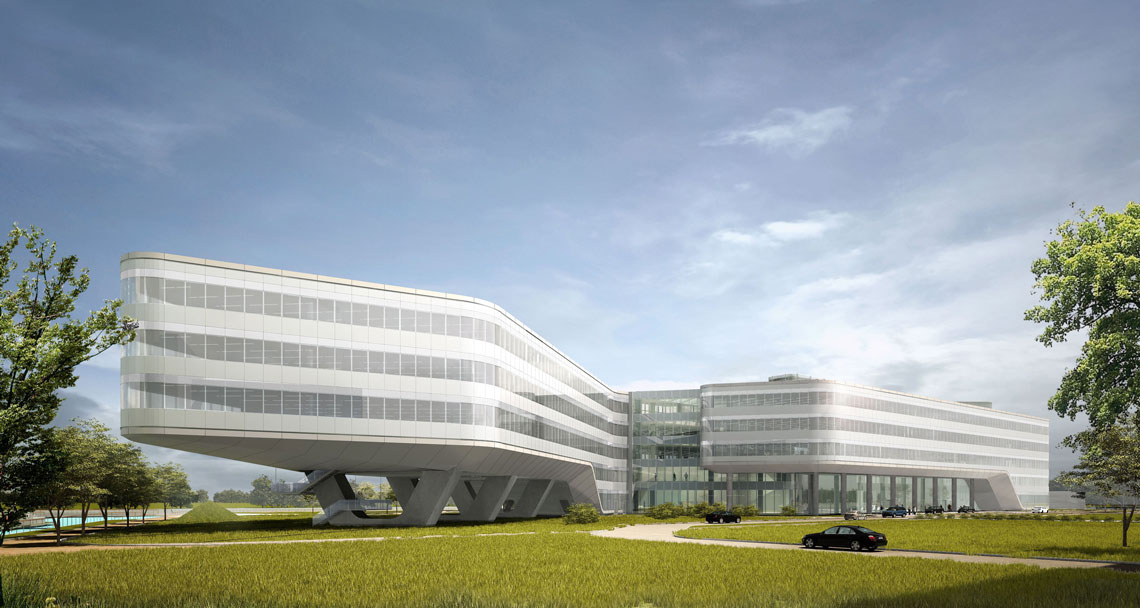
Johnson Controls HQ, Shanghai, China
The Asia-Pacific headquarters for Johnson Controls (above) is setting new standards for green and smart buildings.
Its central plant, renewable energy and intelligent lighting, as well as the firm’s Metasys Building Automation System, which connects the commercial HVAC, lighting, security and protection systems, is expected to help generate 44% savings in overall energy use compared to the local market standard.
The building reduces water use by 42% through greywater recycling and storm water recapture facilities, and reduces embodied energy in materials by 21% through the use of Forest Stewardship Council certified wood-based building.
Employees are also able to reduce their carbon footprint by using the hybrid and electric vehicle charging stations.
Betty Mao, Director, Property Services, Savills Shanghai
Workplace6, Sydney, Australia
The GPT Group, the Australian REIT, owns the first two buildings in the country to achieve carbon neutral status under NABERS and Climate Active, the country’s carbon neutral standard.
Workplace6 is the city’s first 6-star Green Star rating after becoming 25% more energy efficient since 2009. This dovetails with its anchor tenant Google’s ambitions of achieving zero carbon footprints.
Along with a second asset in Melbourne, the unified certification approach will now be implemented across the remainder of the GPT Wholesale Office Fund to work towards its target of carbon neutrality by the end of 2020, and for the whole AUD$12 billion group portfolio by 2030.
Paul Craig, CEO, Savills Australia and New Zealand
